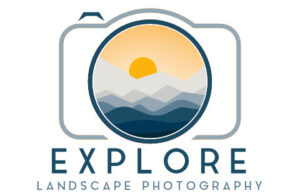Compelling compositions allow you to capture better landscape images that engage the viewer.
Finding captivating scenes is easier when you know what generally makes a great composition.
A compelling composition has appealing elements arranged in a strong visual structure that is pleasing to view. A successful composition helps tell an engaging story that intrigues the viewer, encouraging them to explore the landscape.
The composition can simply be thought of as how elements are arranged in an image.
However, the composition within a landscape photo can dramatically impact how successful an image is and how it resonates with an audience.
Let’s unpack this impact and determine what you can do to create better compositions in your landscape images.
What Makes a Captivating Composition
What elements in the landscape you include in the frame and how you arrange them in the shot will determine how engaging your photo is to the audience.
There are two main aspects to an effective composition that will engage the viewer, making the image successful with an audience.
Visual Design – Using the elements to create a visual structure and order for the scene.
Visual Storytelling – Tell the audience something about the landscape, encourage them to explore the scene and help them make a connection with the landscape.
Great landscape photos have compositions that engage an audience, effectively using visual design and storytelling.
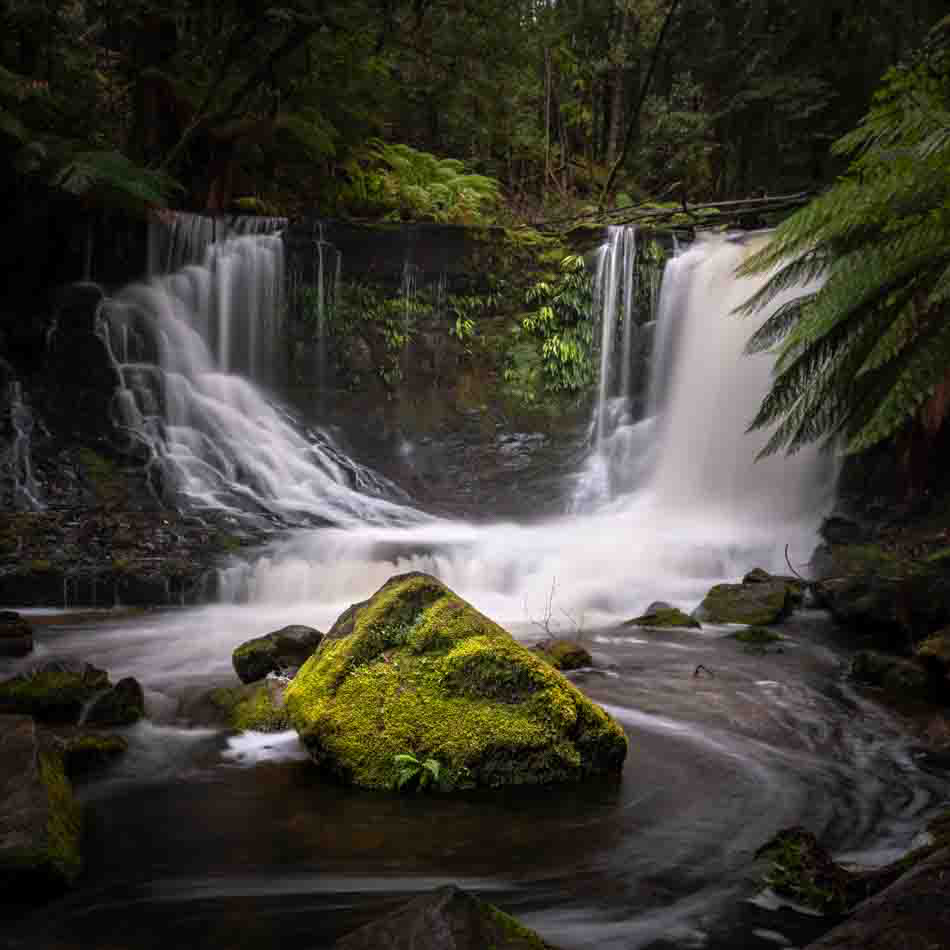
Create Striking Compositions with Visual Design
Considering your composition with a visual design approach can help you understand how combinations or arrangements of objects work better within an image.
Visual design uses the visible characteristics of elements like contrast, shape, line, patterns, size, color and space to create a structure in an image that helps the audience view a photographed scene.
You can use visual design principles to arrange landscape elements to construct a framework, making the scene easier to look at and encouraging the viewer to explore the landscape.
Straight and curved lines are powerful visual components in an image and can be easily found in natural landscapes.
The human eye will instinctively follow any line in a photo.
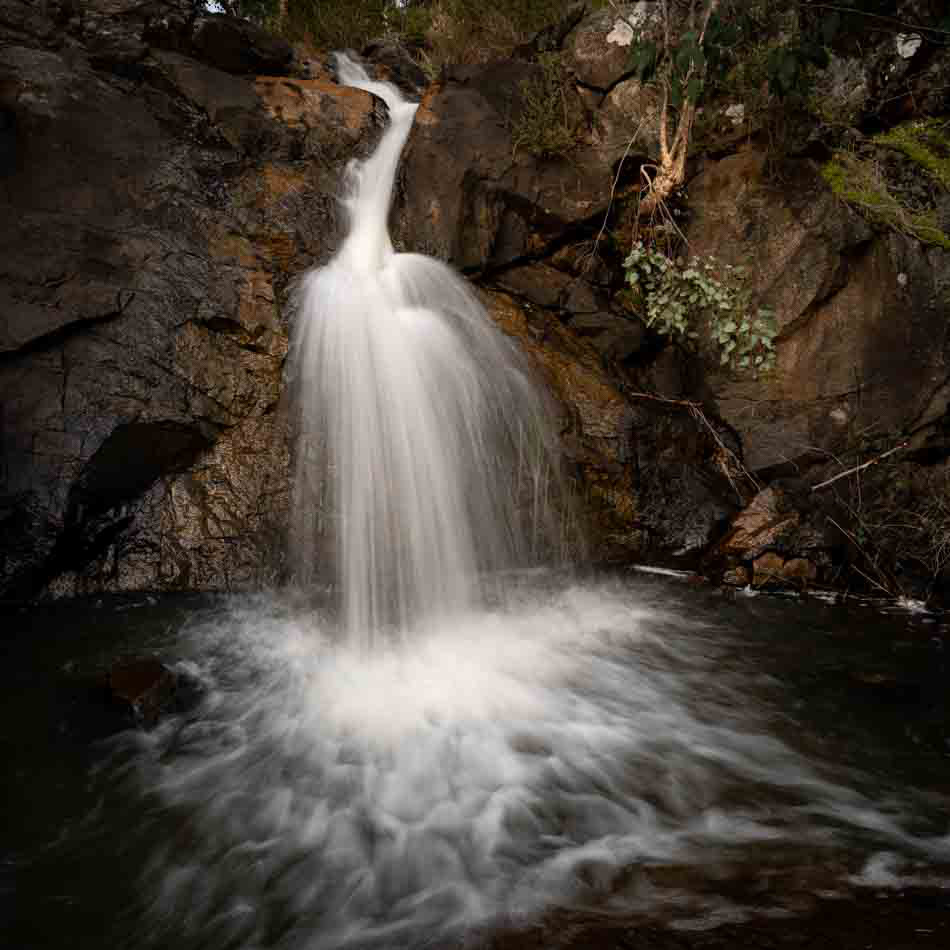
The edge of a river, a fallen log or the streaks made by moving water can use leading lines to guide the viewer to another part of the image.
Shapes, which are essentially a combination of lines, can be used in a similar way.
The boundary or outline of an object, like a ridge of a mountain or sand dune, can be used as a line to guide the viewer’s eye.
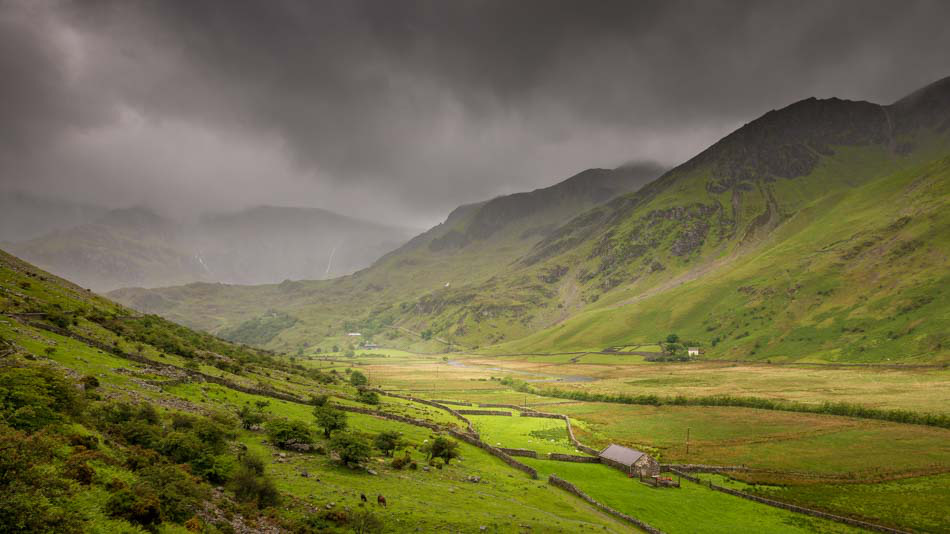
A difference in luminance in an image is called contrast, which can make features stand out and help the eye differentiate elements in a landscape.
Color can play a dynamic role in the storytelling, see below, and the visual structure of a photo.
It’s strictly not a property of an element but rather the interaction between the light and the surface of an object. Color is perceived based on the source and angle of the light, along with the absorption and reflective properties of the objects it hits.
Combined with tones, colors can influence where the viewer’s eye is drawn as the audience is more likely to move from darker, cool colors toward brighter, warmer hues.
The visual structure of an image can be reinforced through framing, where the viewer’s attention is focused on a feature by surrounding or bordering an object with other elements.
Patterns are repetitions found in the natural environment. They can be very satisfying to view in an image because of their predictability and order.
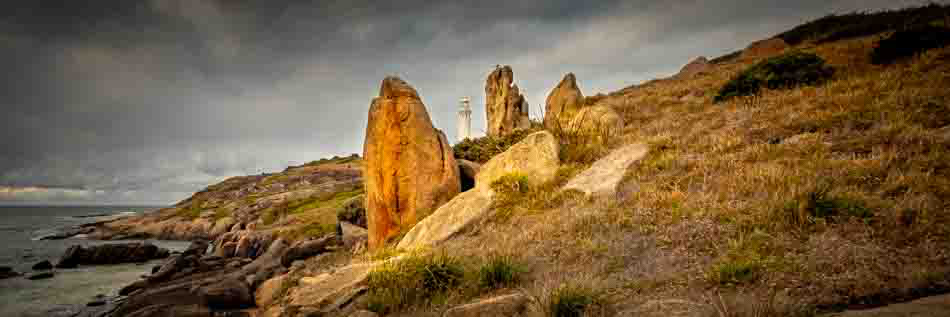
Patterns can be found in repeated shapes, the direction of lines, and textures on the surface of objects or similar elements.
Some patterns can provide an inherent rhythm to an image, adding a layer of curiosity or putting the viewer at ease.
Building a visual design structure within your composition can improve your photo by giving a sense of order to a scene and creating aesthetically appealing images.
TIPS
When exploring a location, look beyond the objects in the landscape and pay attention to the visible attributes of elements.
Look for shapes in the environment and identify naturally occurring lines, patterns, colors and areas of contrast that can be used to build a framework for a scene.
While it’s not necessary to constantly think of your composition in terms of visual design principles, it can be helpful to identify why a particular scene is not working or how a photo can be improved.
Create Engaging Compositions with Storytelling
Humans have been sharing messages and explaining ideas through telling stories for thousands of years.
Stories can effectively build connections and portray emotion, whether it’s a narrative told through a piece of music, dance text or a picture.
A landscape photo is more captivating to an audience when the image engages the viewer in a story about the natural scene through a composition that entices their interest with effective storytelling techniques.
Interesting landscape stories can be found throughout the natural world.
Stories captured in landscape photos are about the landscape and its features.
While the elements and subjects in a landscape make up what your story is about, how well you tell the story is determined by the composition you create within the photo.
Storytelling is an effective tool that lets you share insight into the scene you’ve photographed with the audience and get them interested in the landscape.
A landscape photo is more captivating to an audience when the image engages the viewer in a story…
Start with a good story, and find an intrinsically interesting scene within the landscape.
Explore different angles to discover an aspect or perspective of the scene that showcases what appeals to you.
Position the camera to use the direction and angle of the light to enhance attributes of elements like textures and patterns.
Highlighting features through the use of light or making them more prominent in the image can draw the viewer’s attention to specific parts of the scene.
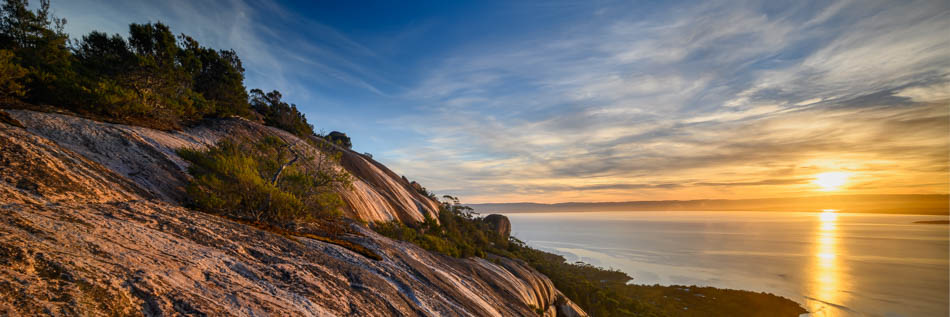
This will help gain the viewer’s interest and encourage them to explore the scene you’ve captured further.
Providing context in a landscape picture can be helpful as the viewer may not have visited or seen the location.
So, think beyond the main subject to elements and interactions that add to the story or theme. This is one of the reasons why I often shoot with a wide-angle lens, to allow me to capture the bigger picture.
While context can help the audience understand what they see, you don’t want the wider scene to distract the viewer and weaken the image.
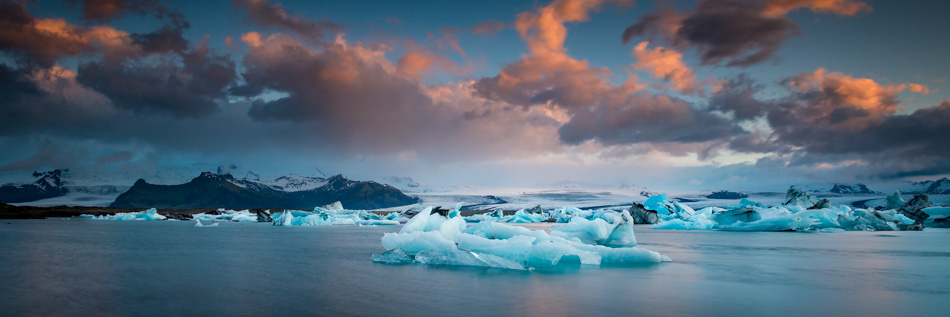
Compelling visual storytelling allows the audience to build a connection.
Extraordinary photographs build connections between the viewer and the landscape.
Connections are built through a shared perspective and emotion, what the audience sees and feels through the image.
Portraying mood through an image and storytelling is an effective way to elicit emotion within an audience.
Extraordinary photographs build connections between the viewer and the landscape.
You can use color to bring out different moods of a scene or evoke a particular feel or emotion in the audience.
A sense of mystery or intrigue can be introduced to a landscape by including shadows or darker areas within the photo.
Sharing a moment of stunning light cast across the scene or the dynamic energy of a crashing wave can create feelings of curiosity and awe, which can be inspiring.
While you can tap into your feelings about a landscape, thinking about the viewer and the emotions you can evoke within them through your story is critical to a successful image.
TIPS
Think of what it is that appeals to you in the landscape.
Reflect on what you want to tell the viewer about the scene.
Consider what you want the viewer to feel about the landscape.
Look at positioning the camera to find a perspective highlighting this part of the story.
Include features or interactions between elements that could help the viewer create a deeper connection with the landscape.
The story the viewer interprets from an image might differ from what you intended because their experience will differ from yours.
This doesn’t matter so much.
What is important is that you include the ingredients in the photo, which will be the catalyst for the viewer to interpret their own story.
QUICK RECAP
Successful visual design creates a pleasing structure for the scene that is inviting for the viewer.
Effective visual storytelling shares an aspect of the scene with the viewer and helps them relate to the landscape.
Some elements in your composition will be visually appealing, and others will help form a visual framework within the picture.
By building a composition using visual design and visual storytelling, you can:
- draws the viewer’s eye to an area of the image and then moves the eye to other elements,
- create photos that hold the audience’s attention
- encourages them to explore the scene and
- help the viewer build a connection with the landscape you’ve captured.
